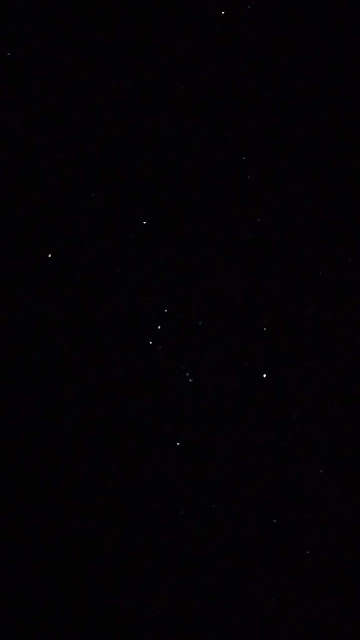Orion is visible in both the Northern and Southern hemispheres.
Instantly recognizable Northern and Southern hemispheres. The three stars of Orion's belt are easily located, even in the city. The brightest star in the constellation is called Rigel and is 40.000 times brighter than our sun. If you draw an imaginary line through Orion's Belt it will lead you to the brightest star in the night sky called Sirius. Just above the belt stands pumpkin-colored Betelgeuse (say BET‘l-juice) and just below it shines blue-white Rigel (RYE-jill). Both are super-large. Then let the belt point down and leftward to the brightest star in all the heavens. This is the Dog Star Sirius. In the Northern hemisphere, the constellation can be seen from late autumn to early spring. In the Southern hemisphere, Orion can be seen in the summer months, note that it will appear upside down. December, January, February are the warmest months in the Southern Hemisphere. The constellation is located on the celestial equator, halfway between the north and south celestial poles, this means that Orion can be seen everywhere on Earth except at the poles. Welcome to “Amazing Sky,” Betelgeuse – (Alpha Orionis) A red supergiant star near the end of its life. Rigel – (Beta Orionis) a blue supergiant. Rigel is the 6th brightest star in the sky Bellatrix – “The Amazon Star” A blue giant star found on the right shoulder. Saiph – A fainter star than the others forming the shape of the constellation and found at the right foot of Orion. Alnitak – Also known as a blue supergiant approximately 800 light years away. It is the brightest O class star in the sky, star of spectral type O and luminosity class V. These stars have between 15 and 90 times the mass of the Sun Alnilam – Arabic meaning “String of pearls” Is the central star out of the trio. It is also a blue supergiant Mintaka – A double star system, forms the westernmost jewel in the hunter's belt along with central Alnilam and eastern Alnitak was originally known as “the string of pearls”



Comments
Post a Comment